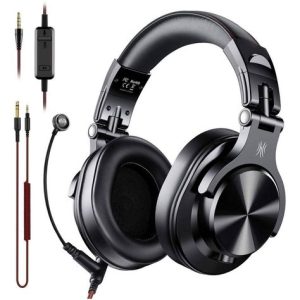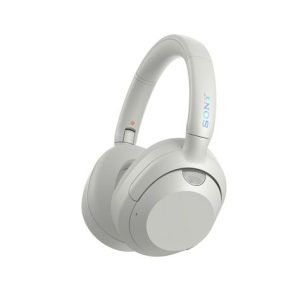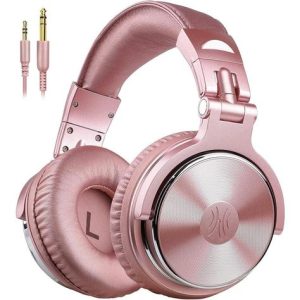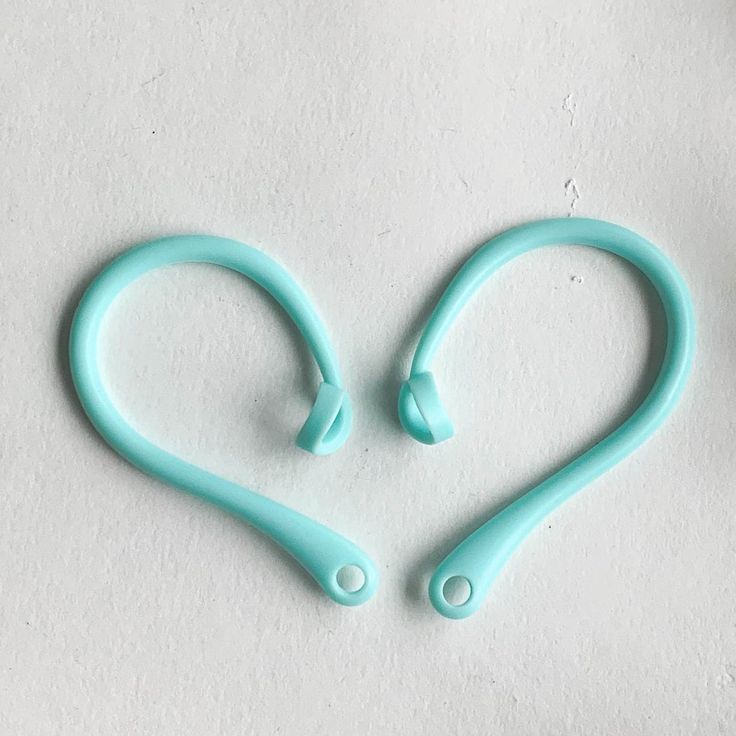Ever crank up the volume on your headphones only to be disappointed by low sound? It’s frustrating! Many factors can contribute to quiet headphones. This guide will help you troubleshoot the issue and get your headphones booming again.
Check the Volume Source
Before diving into headphone problems, consider the source of the audio. Is the volume low on the device you’re using, like your phone, computer, or music player? Make sure the volume is turned up on the device itself.
Many devices also have separate volume controls for headphones and speakers. Double-check that the headphone volume is adjusted appropriately.
Inspect the Connection
A faulty connection can weaken the audio signal. Here’s how to inspect your headphones:
Wired Headphones:
Make sure the headphone jack is fully plugged into your device. Visually inspect the jack and cord for any damage or fraying. A loose or damaged connection can cause static or low volume.
Wireless Headphones:
Ensure your wireless headphones are properly paired and connected to your device. Check for any software updates that might improve the connection quality.

Cleaning is Key
Dirt, earwax, and debris can accumulate on the headphone speaker grills, muffling the sound. Here’s how to clean your headphones safely:
-
Earbuds: Use a soft, dry brush or cotton swab to gently clean the speaker grills. Avoid using sharp objects or liquids, which can damage the delicate components.
-
Over-Ear Headphones: Remove the ear cups according to the manufacturer’s instructions. Wipe down the ear cups and speaker grills with a damp, not soaking wet, cloth. Let them dry completely before reattaching the ear cups.
Settings and Features
Some headphones have built-in features that might affect the volume. Here are two to explore:
-
Equalizer (EQ) Settings: Many devices and music players have EQ settings that adjust audio frequencies. Ensure the EQ isn’t set to a preset that reduces bass or treble, which can make the overall sound seem lower.
-
Noise Cancellation: If your headphones have noise cancellation, it might be reducing the volume of ambient sounds. While this can be desirable in noisy environments, it can also make the music seem quieter. Try turning off noise cancellation to see if it improves the volume.

Addressing Hardware Issues
If you’ve gone through these steps and your headphones are still quiet, there might be a hardware problem.
-
Check the Warranty: Many headphones come with a warranty. If your headphones are under warranty, contact the manufacturer for repair or replacement options.
-
Consider Replacement: If your headphones are old or damaged beyond repair, purchasing a new pair might be the best solution.
By following these troubleshooting tips, you can identify the reason behind your quiet headphones and get them sounding their best again. Proper care and maintenance can extend the lifespan of your headphones and ensure you enjoy clear, high-quality audio for years to come.
Common Causes of Low Sound in Headphones
1. Volume Settings
One of the simplest explanations for low headphone sound is your device’s volume settings. Ensure that both your device and headphone volume are turned up to an appropriate level.
2. Connection Issues
Sometimes, a loose or faulty connection can result in diminished sound quality. Check that your headphone jack is securely plugged into your device, and inspect the cable for any signs of damage.
3. Audio Source Quality
The quality of the audio source can significantly impact headphone sound. Low-quality recordings or streaming services may produce inferior sound compared to high-fidelity sources.
4. Device Compatibility
Not all headphones are compatible with every device. Ensure that your headphones are compatible with your device, especially if you’re using wireless or Bluetooth connections.
5. Equalizer Settings
Your device’s equalizer settings can affect sound output. Experiment with different presets or manually adjust the equalizer to optimize sound quality for your preferences.

Solutions to Improve Headphone Sound
1. Clean Your Headphones
Dust and debris can accumulate on headphone speakers over time, affecting sound quality. Regularly clean your headphones with a soft, dry cloth to ensure optimal performance.
2. Update Audio Drivers
Outdated audio drivers can cause compatibility issues and affect sound quality. Check for updates to your device’s audio drivers and install them if necessary.
3. Use an External Amplifier
If your headphones require more power to produce adequate sound, consider using an external amplifier. Amplifiers can boost audio signals, resulting in louder and clearer sound.
4. Invest in Quality Headphones
Sometimes, low headphone sound is simply a result of poor headphone quality. Investing in high-quality headphones can significantly improve your listening experience and eliminate sound issues.
More Suggestion
Seek Professional Assistance
If none of the aforementioned solutions seem to rectify the issue, it might be time to seek professional assistance. A technician or audio specialist can diagnose and address any underlying hardware or software problems with your headphones or audio device.
Check for Firmware Updates
In the case of wireless headphones, firmware updates can play a crucial role in enhancing sound performance and addressing connectivity issues. Regularly check for firmware updates provided by the manufacturer and ensure your headphones are up to date.
Adjust Sound Settings on Your Device
Many devices offer advanced sound settings that allow users to customize their audio experience. Explore your device’s settings menu to adjust sound enhancements, virtual surround sound, or other features that could impact headphone performance.

Consider Environmental Factors
Environmental factors such as ambient noise or the acoustics of your surroundings can influence how your headphones sound. Optimal sound quality may require adjustments to your listening environment, such as reducing background noise or choosing a quieter location.
Monitor Battery Levels
For wireless headphones, low battery levels can lead to decreased sound quality and connectivity issues. Ensure your headphones are adequately charged or replace the batteries if necessary to maintain optimal performance.
Avoid Overdriving Your Headphones
Pushing your headphones to their maximum volume capacity can result in distortion and reduced sound quality. Avoid overdriving your headphones and listen at moderate volume levels to preserve sound clarity and protect your hearing.
In conclusion, addressing low headphone sound requires a systematic approach that considers various factors, from basic settings to environmental conditions. By troubleshooting potential issues and implementing the appropriate solutions, you can restore your headphones’ sound quality and enjoy an immersive audio experience.











